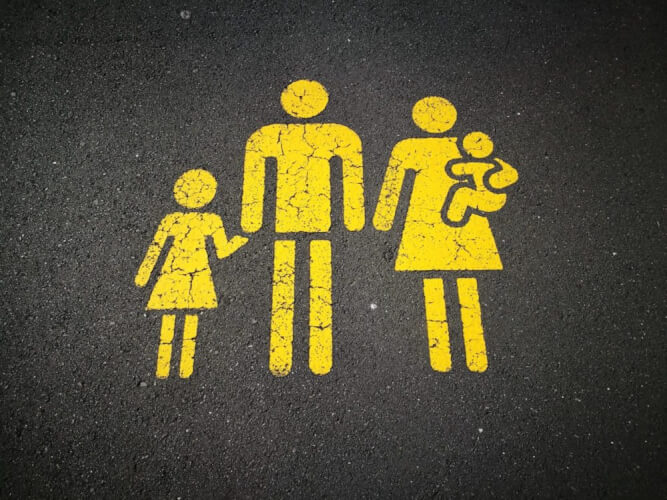
To say we’re living in uncertain times would be an understatement. Living through a pandemic is frightening enough. But, the last few years have seen an influx of very public and exposed violence.
Much of the violence seen in communities across the country is fueled by civil rights/racial equality movements, or other protests by groups who feel they aren’t treated justly.
Whatever the cause, seeing violence play out in the media is scary for everyone. What’s even scarier, though, is that children are being exposed to this just as often as adults.
It’s far too easy for kids to see violence across the country simply by checking their smartphones or computers. They might even see it in your local community and feel scared and unsafe.
As a parent or guardian, it’s your job to educate them on what’s happening, and why. But, if they’re terrified the whole time, that’s a lesson that won’t stick. So, how can you teach your child about community violence without scaring them?
Let’s cover a few tips.
Let Them Know They’re Safe
The best thing you can do when talking to your child about violence is to provide reassurance. Let them know they are completely safe at home, in school, and in their extracurricular activities.
If they’re scared, listen. Make sure you validate their feelings and let them know they can express themselves to you as often as they want. You’ll be able to gauge their worries better if you encourage them to be open about how they feel.
You should see those fears subside as you give them more reassurance and they know they can trust what you’re saying to be true.
Use the Right Outlet
No matter what you do, make sure you set aside time to talk with your kids about violence in the community. It shouldn’t be a conversation you have in passing. Sit down and focus directly on the subject at hand.
For older kids, that can be something as simple as a heart-to-heart conversation. For younger kids, though, you might have to approach it differently.
Does your child love to draw? Draw a picture with them about what’s happening and what it means. Are they musical? Have their favorite music playing while you talk to them. You know your child better than anyone, so choose an outlet that will provide them comfort when discussing such an uncomfortable topic.
Limit Their Exposure
You shouldn’t keep your child in a “bubble” of any kind. Extremely young children, of course, should be protected from seeing things that could cause trauma. But, if a child is old enough to handle the reality of what’s going on, it’s okay for them to see it unfold. In many cases, that’s exactly what will open up the doors for a good conversation.
But, make sure you’re not letting them become consumed by what the media is showing. It’s easy to see acts of violence almost anywhere nowadays, thanks to technology and videos being uploaded every second.
Make sure your child has time away from their devices, and that they aren’t always researching the discontent going on in our country. They need a break from it just as much as adults do.
Keep Your Routine
One of the greatest ways for your child to feel safe and normal is to keep a daily routine in place. For your little one, that could include waking up at the same time each day, getting dressed, brushing their teeth, playing, and going to school.
Kids need routines. They provide a sense of comfort and stability. In a world that might otherwise seem shaky and scary, routines are important.
If your child has taken note of violence in the community, don’t ignore it. Talk to them about it, and reassure them they’re safe. Doing so will keep them from getting scared, so as they grow they’ll become more educated and won’t have to live in fear as they step outside their homes.
If you’re still not sure how to teach your child about violence in the community without scaring them, feel free to contact me. Together, we’ll go over more strategies and ways to provide reassurance in reality.
